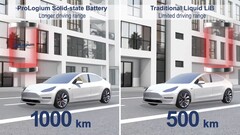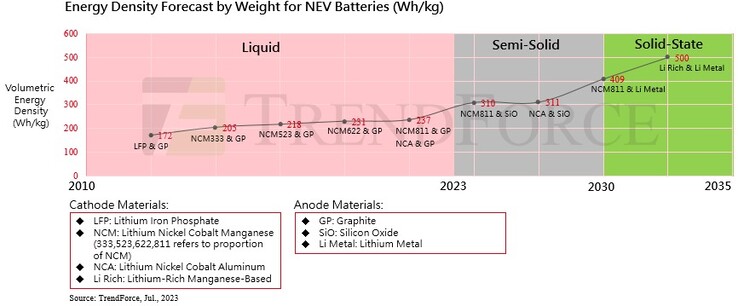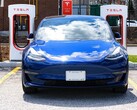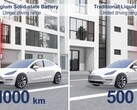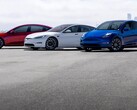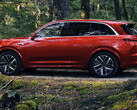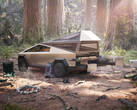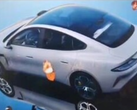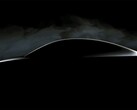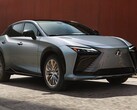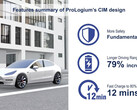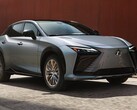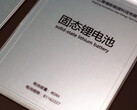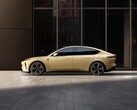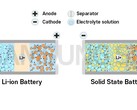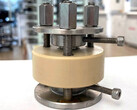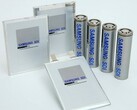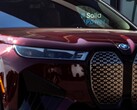With Toyota's recent solid-state EV battery breakthrough announcement which pegs them ready for mass production in 2027, the world's biggest batter maker CATL may have to reconsider its 2030 forecast. If Toyota manages to lever its novel solid-state battery production process, that is, because research firm TrendForce seems to side with CATL's timeframe on this one.
In its latest report, titled "Solid-State Battery-Equipped NEVs Poised to Rival Gasoline Vehicles in Range, Expected to Enter Mass Production by 2030," the analysts somewhat contradict the title by concluding that solid-state packs will only enter mass manufacturing after 2029. "Automakers are actively ramping up their investments and research into solid-state batteries. With the integration of high-activity cathode and anode materials, these solid-state batteries are projected to enter mass production sometime between 2030 and 2035," they add. Coincidentally, that's precisely the period when the federal government's tax credit of US$7,500 per new EV is scheduled to run out.
While nearly every major automaker and battery brand, as well as numerous startups have announced solid-state battery aspirations, research breakthroughs, or even production plans, only a few are taking steps towards mass production already. New production processes, as well as material discoveries, however, hint that viable manufacturing costs can be achieved relatively soon, including by stalwarts like Toyota or Mercedes with its ProLogium partner.
With the advent of solid-state battery EVs, no matter if it happens a couple of years from now, or after 2030, TrendForce predicts doubling their range on a charge and achieving range parity with gas vehicles. The current expensive nickel batteries power EVs for an average range of about 400 miles, while those with cheaper phosphate cells like the base Model 3, offer 300 or less.
The solid-state cells currently in development, however, return energy density of 500 Wh/kg, or nearly double that of current battery packs in electric vehicles. Since "solid-state batteries are emerging as an optimal battery solution, striking a balance between safety and energy density," tips TrendForce, they have the biggest chance to allow electric vehicles achieve range parity with ICE cars, which Tesla recently argued that the EPA can ban with clear conscience as soon as 2030.




